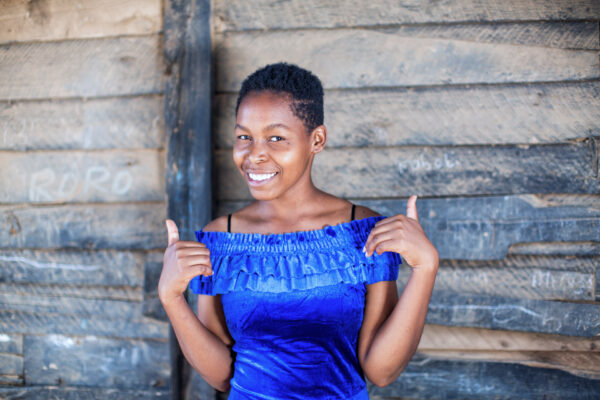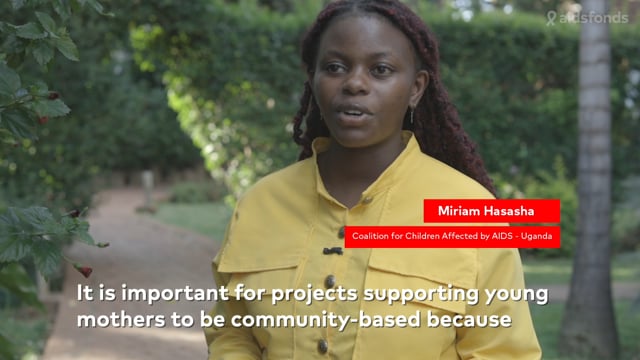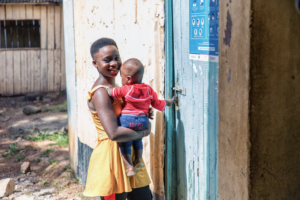Kusingata
Kusingata means ‘support’ or ‘warmth’ in local language, referring to a support approach to families and children living with or affected by HIV. It is rooted in traditional systems of the communities in Inhambane. The programme makes use of these community structures for referrals to testing and treatment; individual support through home visits; support groups and community dialogues. Implementation of a community scorecard, a social accountability tool at health facility level, quality of HIV services have been improved from a user-perspective. To assure intrinsic motivation of clients, field staff and health care providers have received training on motivational interviewing.
The Lafiyan Yara project is built on the Kids to Care model, using the four stages of find, test, treat and stay, where early detection of HIV can reduce infant, child and maternal mortality. To facilitate early detection of HIV, community-level mobilisers for health are engaged to conduct effective case identification and linkage to care.
Communities
Read more









